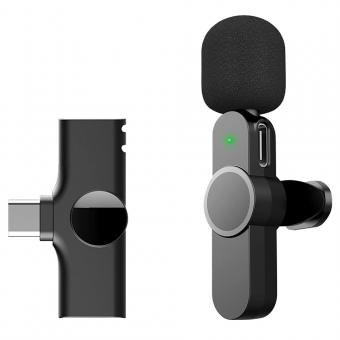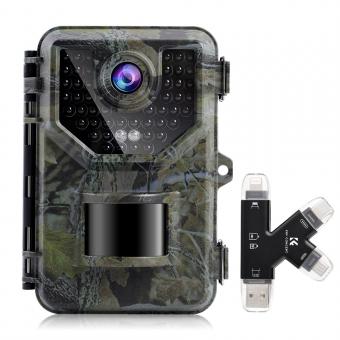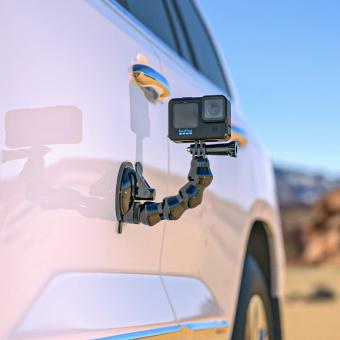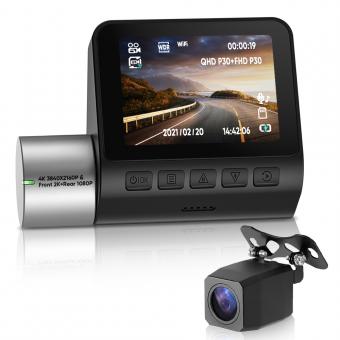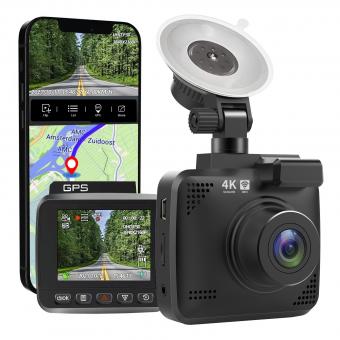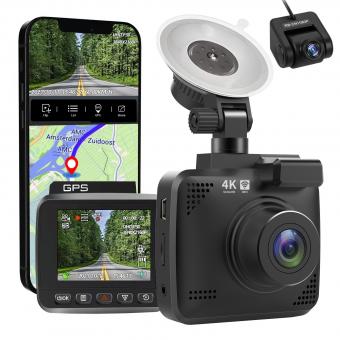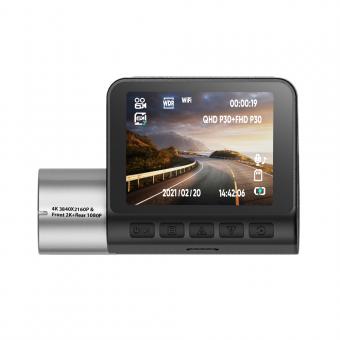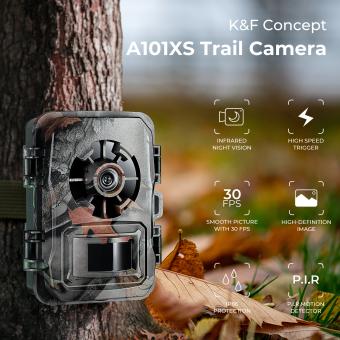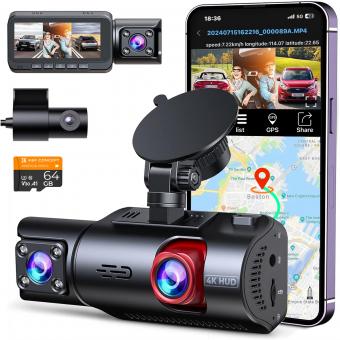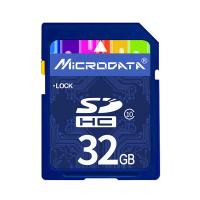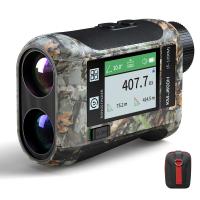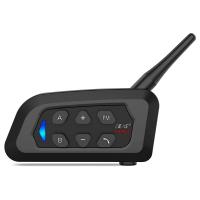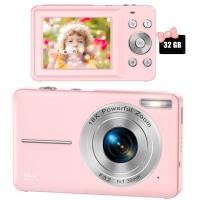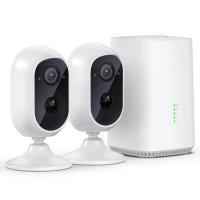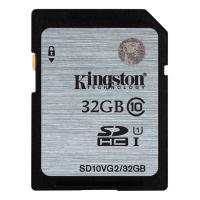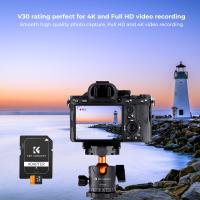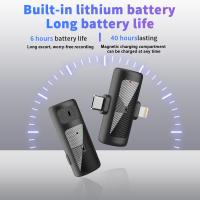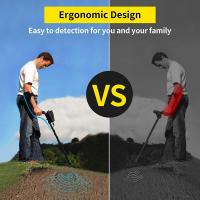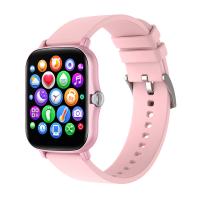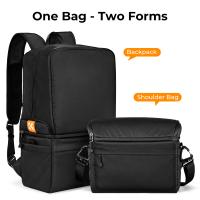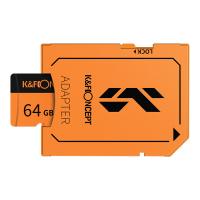How Do We Record In Car?
Recording audio or video in a car can be a useful tool for various purposes, such as documenting road trips, creating content for social media, or even for security reasons. However, achieving high-quality recordings in a car environment can be challenging due to factors like background noise, vibrations, and limited space. In this article, we will explore the different methods and equipment you can use to record in a car, along with practical tips to ensure the best possible results.
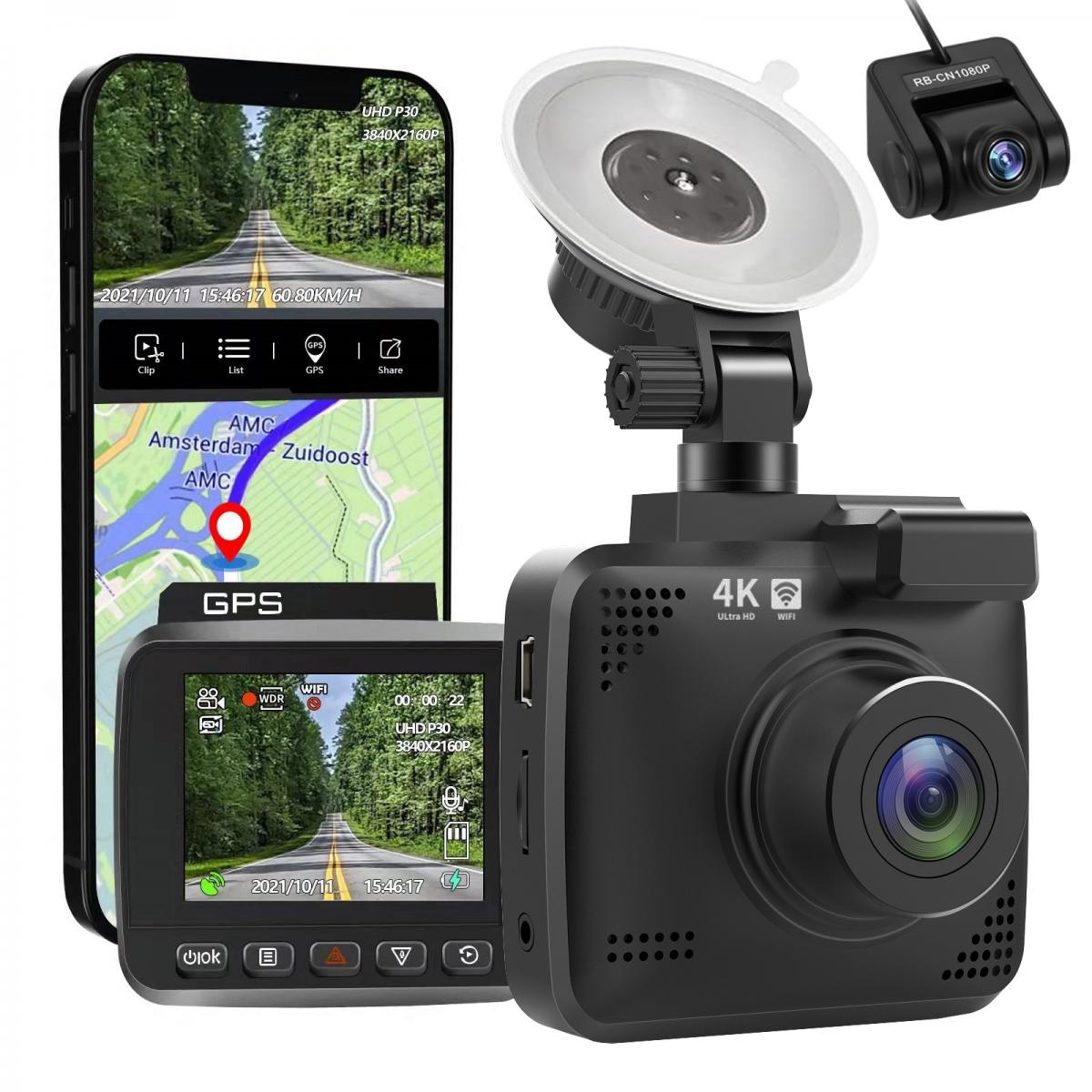
Understanding the Challenges
Before diving into the methods and equipment, it’s essential to understand the challenges you might face when recording in a car:
1. Background Noise: Cars are inherently noisy environments. Engine noise, road noise, and wind can all interfere with your recordings.
2. Vibrations: The movement of the car can cause vibrations that may affect the stability of your recording equipment.
3. Limited Space: Cars offer limited space, which can make it difficult to set up recording equipment properly.
4. Lighting: If you are recording video, the lighting inside a car can be inconsistent and challenging to control.
Audio Recording in a Car
Equipment Needed
1. Microphones: The type of microphone you choose will significantly impact the quality of your audio recordings. Here are some options:
- Lavalier Microphones: These small, clip-on microphones are ideal for recording speech. They can be attached to your clothing and are less likely to pick up background noise.
- Shotgun Microphones: These directional microphones are excellent for isolating sound from a specific direction, making them useful for reducing background noise.
- Handheld Recorders: Portable audio recorders with built-in microphones can be a convenient option for capturing high-quality audio.
2. Windshields and Pop Filters: These accessories can help reduce wind noise and plosive sounds, improving the clarity of your recordings.
3. Audio Interface: If you are using professional microphones, you may need an audio interface to connect them to your recording device.
Tips for High-Quality Audio Recording
1. Choose the Right Microphone: Select a microphone that suits your recording needs and environment. Lavalier microphones are great for interviews, while shotgun microphones are better for isolating specific sounds.
2. Positioning: Place the microphone as close to the sound source as possible to minimize background noise. For lavalier microphones, clip them to your clothing near your mouth. For shotgun microphones, aim them directly at the sound source.
3. Reduce Background Noise: Close the windows and turn off the air conditioning or heater to minimize background noise. You can also use noise reduction software during post-production to clean up the audio.
4. Use a Windshield: If you are recording with the windows open or in a convertible, use a windshield to reduce wind noise.
Video Recording in a Car
Equipment Needed
1. Cameras: Depending on your needs, you can use various types of cameras:
- Action Cameras: Compact and durable, action cameras like GoPros are ideal for recording in a car. They can be mounted on the dashboard, windshield, or other surfaces.
- DSLR/Mirrorless Cameras: These cameras offer higher video quality but may require more space and stabilization equipment.
- Smartphones: Modern smartphones have excellent cameras and can be a convenient option for recording video in a car.
2. Mounts and Stabilizers: To keep your camera steady, use mounts and stabilizers. Suction cup mounts can attach to the windshield or dashboard, while gimbals can help stabilize handheld shots.
3. Lighting: Portable LED lights can help improve the lighting inside the car, especially if you are recording at night or in low-light conditions.
Tips for High-Quality Video Recording
1. Stabilize Your Camera: Use mounts and stabilizers to keep your camera steady and reduce the impact of vibrations. This will result in smoother, more professional-looking footage.
2. Control Lighting: Use portable LED lights to ensure consistent lighting inside the car. Avoid relying solely on natural light, as it can change rapidly and affect the quality of your video.
3. Frame Your Shots: Plan your shots and frame them carefully. Consider using wide-angle lenses to capture more of the car’s interior and the road ahead.
4. Use External Microphones: The built-in microphones on most cameras are not designed for high-quality audio recording. Use external microphones to capture better sound.
Practical Applications
Road Trips and Travel Vlogs
Recording your road trips can be a fun way to document your travels and share your experiences with others. Use action cameras or smartphones mounted on the dashboard to capture the journey. Combine this with lavalier microphones to record your commentary and interactions with passengers.
Car Reviews and Tutorials
If you create content related to cars, such as reviews or tutorials, high-quality recordings are essential. Use DSLR or mirrorless cameras for better video quality and external microphones for clear audio. Stabilize your shots with mounts and gimbals, and use portable lights to ensure good lighting.
Security and Dashcams
Dashcams are widely used for security purposes, recording the road ahead and providing evidence in case of accidents. These cameras are typically mounted on the windshield and continuously record while you drive. Some dashcams also have built-in microphones to capture audio.
Post-Production
After recording, the next step is post-production, where you can edit and enhance your audio and video. Here are some tips:
1. Audio Editing: Use audio editing software to clean up background noise, adjust levels, and add effects if needed. Software like Audacity or Adobe Audition can be helpful.
2. Video Editing: Use video editing software to trim, cut, and arrange your footage. Add transitions, titles, and effects to enhance your video. Software like Adobe Premiere Pro, Final Cut Pro, or even iMovie can be used.
3. Sync Audio and Video: If you recorded audio separately from your video, sync them during the editing process. This ensures that the audio matches the video perfectly.
Recording in a car can be challenging, but with the right equipment and techniques, you can achieve high-quality results. Whether you are documenting a road trip, creating content for social media, or using a dashcam for security, understanding the challenges and solutions will help you get the best possible recordings. Remember to choose the right microphones and cameras, stabilize your equipment, control lighting, and use post-production tools to enhance your recordings. With these tips, you’ll be well on your way to capturing professional-quality audio and video in a car.




